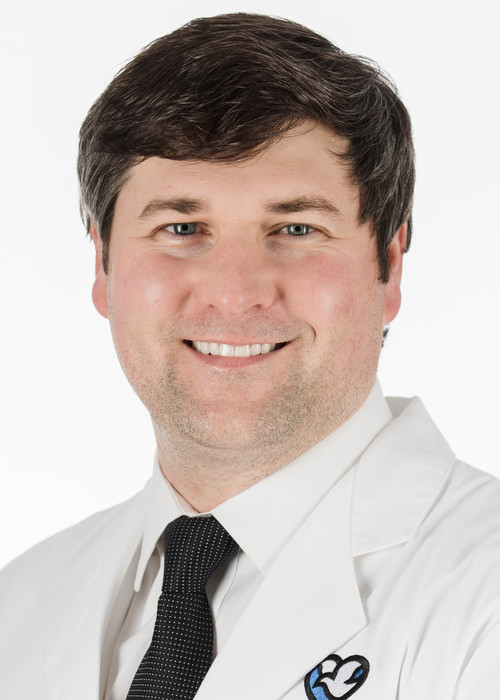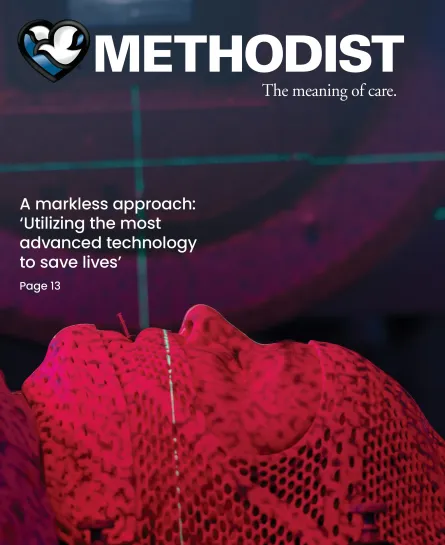




Today's Medicine
Gallstones and Gallbladder Surgery: What To Expect From a Common Condition and Procedure
Published: March 29, 2022

It’s estimated that about 25 million people in the U.S. have gallstones, and 1 million people are diagnosed with them each year. And while about a quarter of those new cases require treatment, people who suffer from painful gallbladder attacks – when gallstones block bile ducts – don’t soon forget the experience.
The good news is that surgically removing the gallbladder is a common, safe and effective way to treat gallstones in many cases.
What Are Gallstones?
To better understand cholelithiasis – better known as gallstones – it’s helpful to be familiar with your body’s biliary tract and the role it plays in digestion. The biliary tract is made up of the gallbladder and bile ducts. The gallbladder stores bile produced by your liver, releasing it through the bile ducts to the small intestine after you eat to help with digestion.
Gallstones naturally form in the gallbladder and are usually made of cholesterol (known as cholesterol stones) or bilirubin from bile (known as pigment stones). Some people can have hundreds of tiny gallstones, while others may have one larger stone. Still others may have a mix of large and small stones, and it’s possible to have pigment and cholesterol stones.
Many people with gallstones have no complications – a condition sometimes called “silent” gallstones that doesn’t require treatment.
The trouble comes when a stone or stones block the bile ducts, which can cause bile buildup in the gallbladder resulting in a gallbladder attack – also known as biliary colic.
Unpleasant Symptoms
Symptoms of a gallbladder attack can include:
- Intense pain in the upper right abdomen area, below the breastbone, in the right shoulder or between the shoulder blades
- Fever and chills
- Nausea and vomiting
- Jaundice – a yellowing of the skin or whites of your eyes
- Tea-colored urine and light-colored stools
These symptoms may follow a heavy meal (particularly a fatty meal), and they often occur at night. They may last for several hours and usually stop when the bile ducts are no longer blocked by gallstones. But if you experience one gallbladder attack, more are likely to follow.
If you’re experiencing symptoms of a gallbladder attack, contact your primary care provider. If your symptoms last longer than six hours, you should go to the emergency department. Your symptoms could signal a number of conditions requiring medical attention, including:
- Gallstones requiring surgery
- Acid reflux
- Appendicitis
- Inflammation of the gallbladder, liver or pancreas (pancreatitis)
- Serious infection
- Ulcers
A medical provider may diagnose gallstones through a variety of methods that can include a physical exam, blood test, ultrasound, CT scan, MRI or other imaging tests.
Left untreated, blocked bile ducts can cause serious issues, including damage to the gallbladder, bile ducts or liver, and sepsis – a serious infection that can be fatal.
Treating Gallstones
There are some nonsurgical treatments for cholesterol stones, but the most common treatment for gallstones is the surgical removal of the gallbladder – which isn’t essential to the human body – using a procedure called cholecystectomy. In fact, this is one of the most common surgeries performed on adults in the U.S.
Gallbladder removal is typically performed laparoscopically. In this minimally invasive approach, a surgeon uses small incisions to insert a laparoscope (a small instrument with a camera) through one incision and surgical tools in the others to remove the gallbladder. Patients usually experience less pain and have smaller scars from this minimally invasive method than following open surgery.
An open surgery may be necessary if a patient has abnormal bleeding or a surgeon has difficulty seeing the gallbladder using laparoscopic techniques because of issues like significant scar tissue or abnormal anatomy.
A routine cholecystectomy is an outpatient procedure that usually lasts less than an hour. Most patients are discharged to return home a few hours after surgery, but they are encouraged to avoid heavy lifting for several weeks to prevent hernias. Most patients can resume a regular diet after surgery but should consider avoiding fatty foods as they recover.
Risk Factors for Gallstones
Some people are more at risk to develop gallstones. They include:
- American Indians and Mexican Americans
- Older people
- People who are obese
- People who’ve had rapid weight loss, including from weight-loss surgery
- People whose diets are high in calories and refined carbohydrates, and low in fiber
- People with certain health conditions, such as:
- Bile duct infections
- Cirrhosis – liver damage characterized by scarred tissue
- Crohn’s disease
- Diabetes and insulin resistance
- Hemolytic anemias – abnormal production and breakdown of red blood cells
- High triglyceride levels
- Infections in the bile ducts
- Low HDL cholesterol
- Metabolic syndrome
- People with a family history of gallstones
- Women who have elevated levels of estrogen in their bodies because of pregnancy, hormone replacement therapy or birth control pills
Gallstone Prevention
A healthy lifestyle is key to preventing gallstones. That includes:
Diet. Aim for a healthy diet that’s rich in fiber and healthy fats, and has less sugar and refined carbohydrates.
Exercise. Incorporate regular physical activity into your routine. Strive for at least 150 weekly minutes of moderate-intensity exercise, such as brisk walking. Muscle-strengthening activities such as weight lifting are also recommended at least two days a week.
Healthy weight loss. People who are overweight or obese are more likely to have gallstones, but a measured approach at losing weight is recommended. Fast weight loss through crash diets or low-calorie plans can cause your liver to release more cholesterol into bile and keep the gallbladder from emptying properly.
Your Health Partner
While no one wants to experience a gallbladder attack or surgery, your Methodist team is committed to helping you navigate all aspects of your care – gallbladder attack prevention, diagnosis, treatment and recovery – with an individualized plan that meets your needs.
More Resources
- Learn more about gallstones from the National Institute of Diabetes and Digestive and Kidney Diseases.
- Review Methodist’s surgical services booklet for information about surgery preparation and more.
- Learn more about surgical services at Methodist.
- Follow Methodist on Facebook, Twitter and Instagram.


